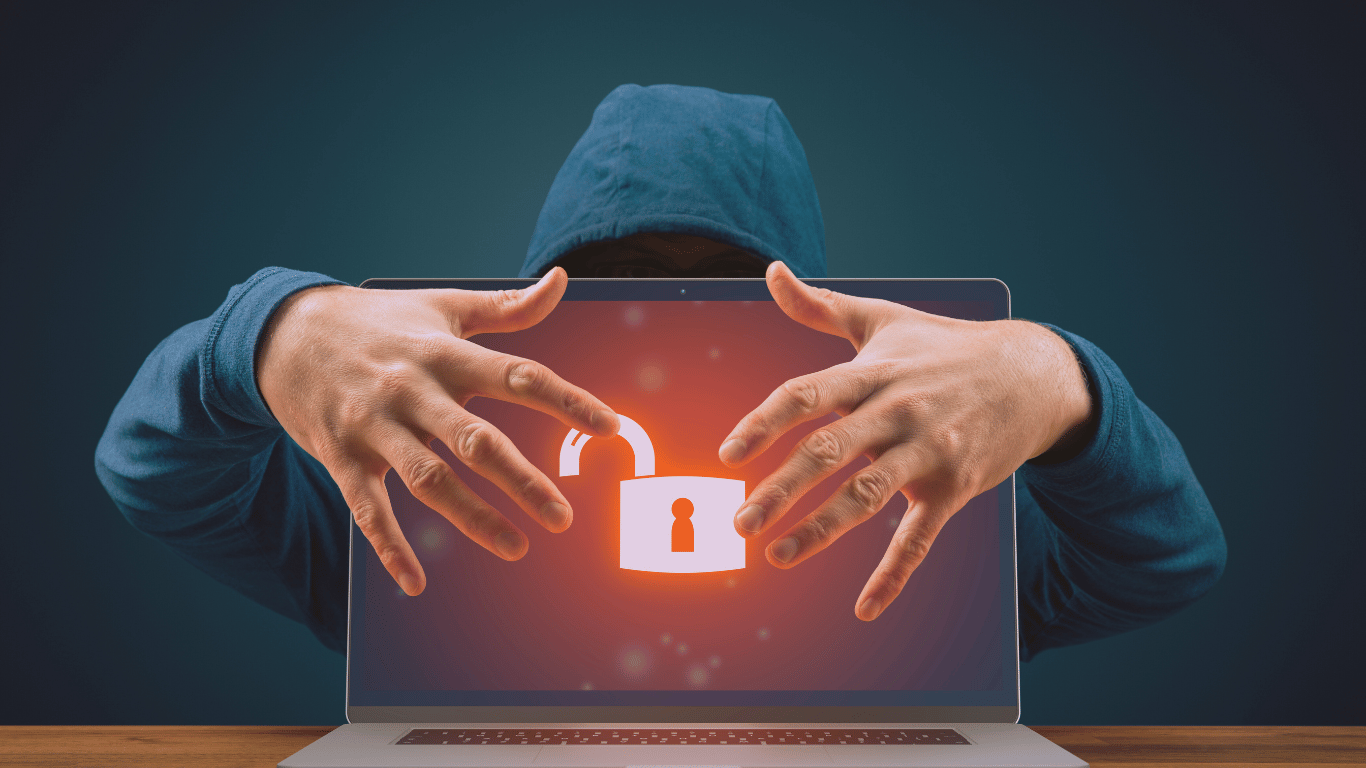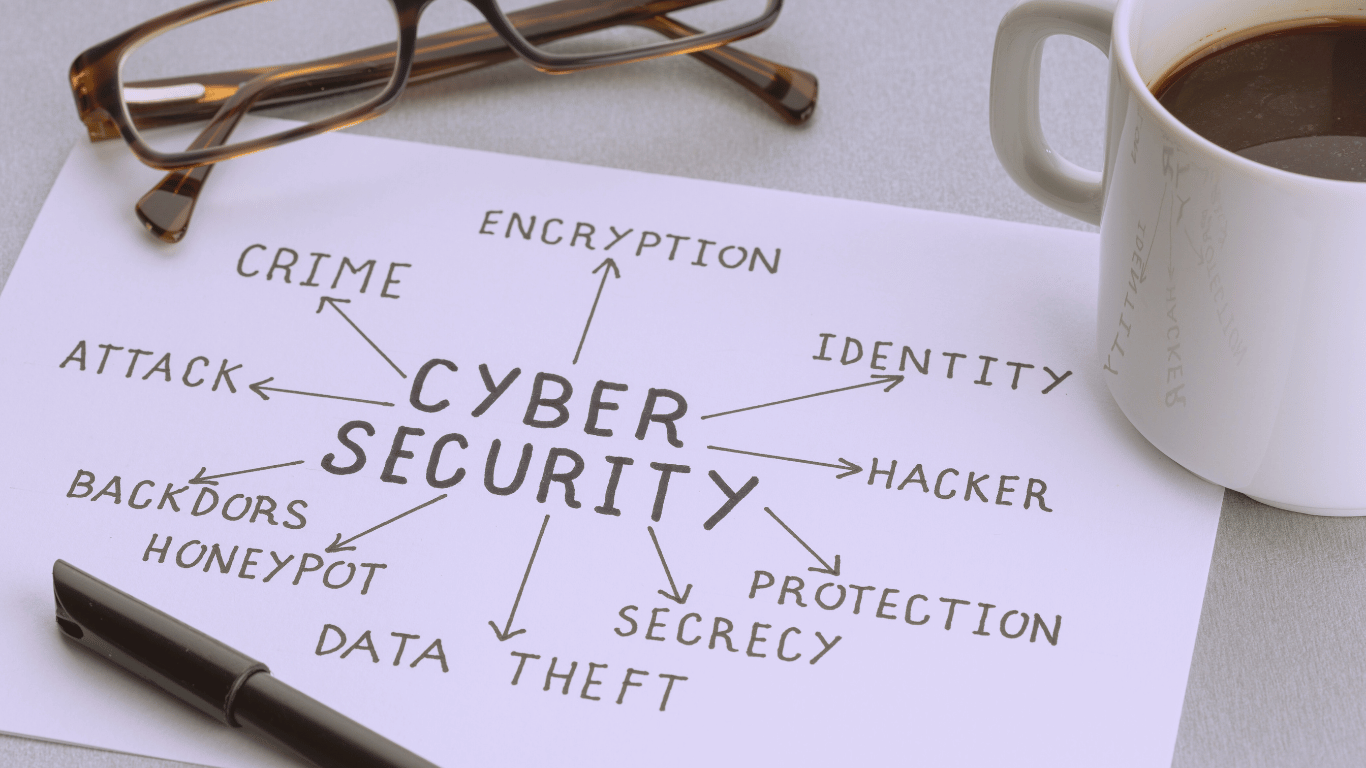In today’s digital age, cyber threats are more prevalent and sophisticated than ever before. Businesses of all sizes are at risk, and employees play a crucial role in maintaining cybersecurity. Understanding the most common threats and how to recognize and avoid them is essential for safeguarding sensitive information and ensuring business continuity. This blog post will identify the top cybersecurity threats your employees need to know and provide practical tips to help them stay vigilant and secure.
Phishing Attacks
Phishing attacks are one of the most common and dangerous cybersecurity threats. They involve cybercriminals sending deceptive emails or messages to trick employees into revealing sensitive information, such as login credentials or financial details.
Recognizing Phishing Attacks
- Suspicious Sender: Emails from unknown or unusual email addresses.
- Urgent Language: Messages that create a sense of urgency or fear.
- Unusual Requests: Requests for personal information or login credentials.
- Poor Grammar and Spelling: Emails with noticeable grammar and spelling errors.
Tips to Avoid Phishing Attacks
- Verify the Sender: Always verify the sender’s email address before responding or clicking on links.
- Think Before You Click: Avoid clicking on links or downloading attachments from unknown sources.
- Report Suspicious Emails: Encourage employees to report any suspicious emails to the IT department.
Malware
Malware, or malicious software, includes viruses, ransomware, spyware, and other harmful programs designed to damage or disrupt systems. Malware can be introduced through email attachments, software downloads, or compromised websites.
Recognizing Malware
- Slow Performance: Unexplained slowdowns in computer performance.
- Pop-Up Ads: Frequent and unusual pop-up ads.
- Unauthorized Changes: Changes to system settings or files without user knowledge.
Tips to Avoid Malware
- Install Antivirus Software: Ensure all devices have up-to-date antivirus software.
- Regular Scans: Perform regular system scans to detect and remove malware.
- Avoid Untrusted Sources: Only download software and files from trusted sources.
Ransomware
Ransomware is a type of malware that encrypts a victim’s files and demands payment for the decryption key. It can spread through phishing emails, malicious downloads, or network vulnerabilities.
Recognizing Ransomware
- Locked Files: Inability to access files, with a ransom note demanding payment.
- Strange File Extensions: Files with unusual extensions that were not present before.
- Threatening Messages: Messages demanding payment to restore access to data.
Tips to Avoid Ransomware
- Backup Data Regularly: Regularly back up data to ensure it can be restored without paying a ransom.
- Update Software: Keep all software and systems up to date with the latest security patches.
- Educate Employees: Train employees on how to recognize and avoid ransomware threats.
Insider Threats
Insider threats involve malicious or negligent actions by employees, contractors, or business partners that can harm the organization. These threats can be intentional, such as data theft, or unintentional, such as accidental data breaches.
Recognizing Insider Threats
- Unusual Access Patterns: Employees accessing sensitive data without a legitimate need.
- Policy Violations: Ignoring or bypassing security policies and procedures.
- Behavioral Changes: Sudden changes in behavior or performance.
Tips to Avoid Insider Threats
- Implement Access Controls: Restrict access to sensitive data based on job roles and responsibilities.
- Monitor Activity: Regularly monitor user activity for signs of suspicious behavior.
- Promote a Security Culture: Foster a culture of security awareness and accountability among employees.
Social Engineering
Social engineering involves manipulating individuals into divulging confidential information. This can include tactics such as pretexting, baiting, and tailgating.
Recognizing Social Engineering
- Unusual Requests: Requests for confidential information or access to secure areas.
- Impersonation: Individuals posing as trusted figures, such as IT staff or executives.
- Psychological Manipulation: Attempts to exploit emotions, such as fear or curiosity.
Tips to Avoid Social Engineering
- Verify Identities: Always verify the identity of individuals requesting sensitive information.
- Follow Protocols: Adhere to established security protocols and procedures.
- Educate Employees: Provide regular training on social engineering tactics and prevention.
Password Attacks
Password attacks involve attempts to gain unauthorized access to systems and data by cracking or stealing passwords. Common methods include brute force attacks, password spraying, and credential stuffing.
Recognizing Password Attacks
- Failed Login Attempts: Multiple failed login attempts in a short period.
- Unusual Login Locations: Logins from unfamiliar or unexpected locations.
- Locked Accounts: Accounts being locked out due to repeated failed login attempts.
Tips to Avoid Password Attacks
- Use Strong Passwords: Encourage employees to use complex, unique passwords for each account.
- Enable Multi-Factor Authentication (MFA): Implement MFA to add an extra layer of security.
- Regularly Update Passwords: Require employees to change passwords regularly and avoid reuse.
Conclusion
Cybersecurity threats are constantly evolving, and it’s essential for employees to stay informed and vigilant. By understanding and recognizing these common threats, your team can take proactive steps to protect sensitive information and maintain a secure digital environment. Regular training and a strong cybersecurity policy are key to ensuring your business remains resilient against cyberattacks.
At 1300 INTECH, we specialize in providing comprehensive cybersecurity training and solutions tailored to your business needs. Equip your employees with the knowledge and tools to recognize and avoid cybersecurity threats. Contact us today to learn more about our cybersecurity services and how we can help safeguard your business.






